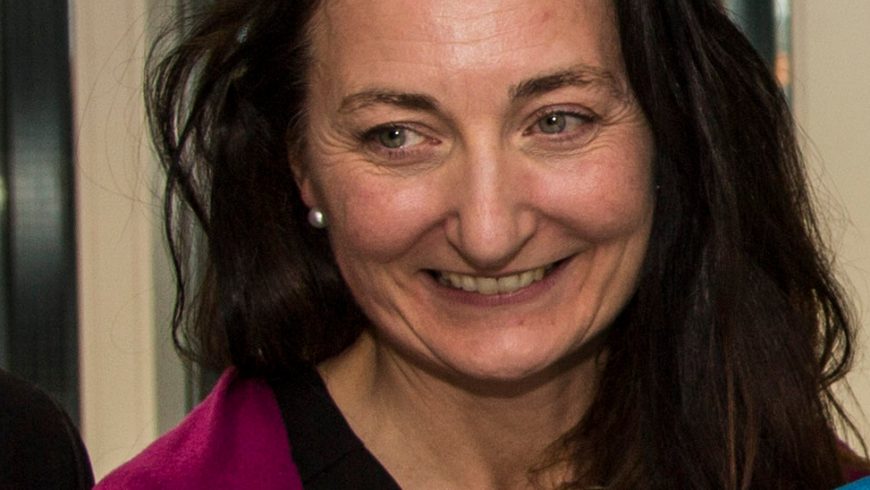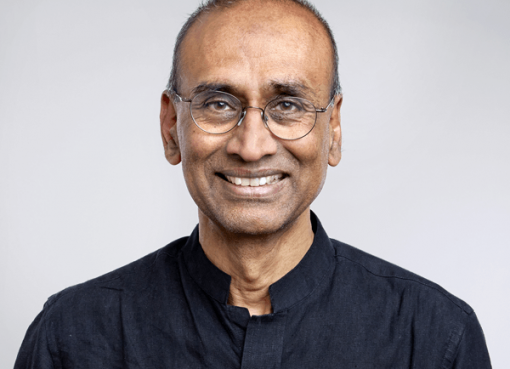For this issue, I am highlighting the life story of May-Britt Moser, a renowned Norwegian neuroscientist, known for her groundbreaking research in spatial memory and navigation. Along with her collaborator and former husband, Edvard Moser, she made significant contributions in understanding how the brain processes spatial information. Their most notable discovery, grid cells, fundamentally changed our comprehension of the brain’s navigational system. For these discoveries, the Mosers were awarded the 2014 Nobel Prize in Physiology and Medicine, along with John O’Keefe.
May-Britt Moser was born on January 4, 1963, in Fosnavag, Norway, a small coastal town. Raised in a modest family, Moser developed an early curiosity about nature and the functioning of living organisms. Her academic interests led her to pursue psychology at the University of Oslo in 1982. It was during her time at the University of Oslo that Moser met Edvard Moser, with whom she later formed a dynamic scientific partnership. Their shared interest in how the brain organizes and stores information laid the foundation for their future collaborative research. After completing her undergraduate studies, May-Britt and Edvard Moser got married, and continued their education together, eventually moving to the University of Edinburgh. Under the mentorship of Richard Morris, an expert in memory and spatial navigation, May-Britt and Edvard began honing their research focus on the brain’s role in spatial cognition and memory formation. This formative period introduced Moser to the complexities of the brain function and how different regions of the brain work together to encode and retrieve spatial memories. This early training set the stage for her later discoveries.
After completing their PhD, the Mosers returned to Norway in the mid-1990s and joined the Norwegian University of Science and Technology (NTNU) in Trondheim. There, they founded the Centre for the Biology of Memory, which later evolved into the Kavli Institute for Systems Neuroscience. Their research initially centred on the hippocampus, the brain region known to be involved in memory and spatial navigation. This work was inspired by John O’Keefe’s earlier discovery of place cells, which are neurons in the hippocampus that fire when an animal is in a specific location. May-Britt Moser, Edvard Moser, and John O’Keefe were jointly awarded the 2014 Nobel Prize in Physiology and Medicine for their discoveries of cells that form the brain’s positioning system. O’Keefe’s discovery of place cells and the Mosers’ identification of grid cells together explained how the brain builds an internal map of the environment. The Nobel committee highlighted that these discoveries solved a fundamental problem in neuroscience: how animals and humans navigate space.
Following her Nobel Prize win, May-Britt Moser continued her research at the Kavli Institute for Systems Neuroscience, focusing on further unravelling the complexities of the brain’s spatial navigation system. Her work expanded to explore how grid cells interact with other types of neurons and brain regions to support not only navigation but also other cognitive functions such as decision-making and memory consolidation.
Beyond her research, Moser has become a prominent advocate for women in science. As one of only a few women to have won a Nobel Prize in the sciences, she uses her platform to encourage young women to pursue careers in STEM (Science, Technology, Engineering, and Mathematics). Moser has spoken about the challenges she faced as a woman in a male-dominated field and has advocated for greater gender equality and diversity in scientific research. She is also a strong supporter of public engagement with science, frequently participating in outreach efforts to make neuroscience more accessible to the general public. Moser believes that increasing public understanding of brain science can have wide-reaching benefits, from improving education to informing policy decisions related to mental health and aging.




